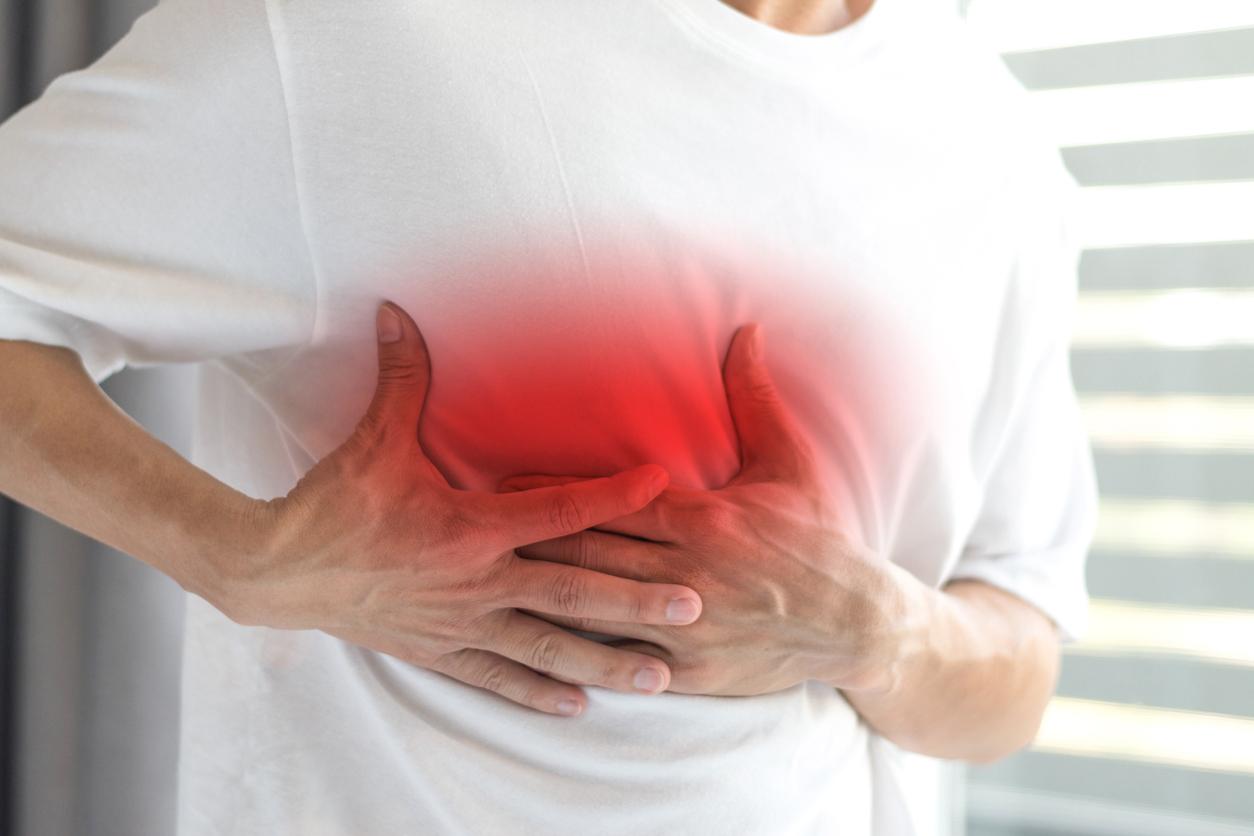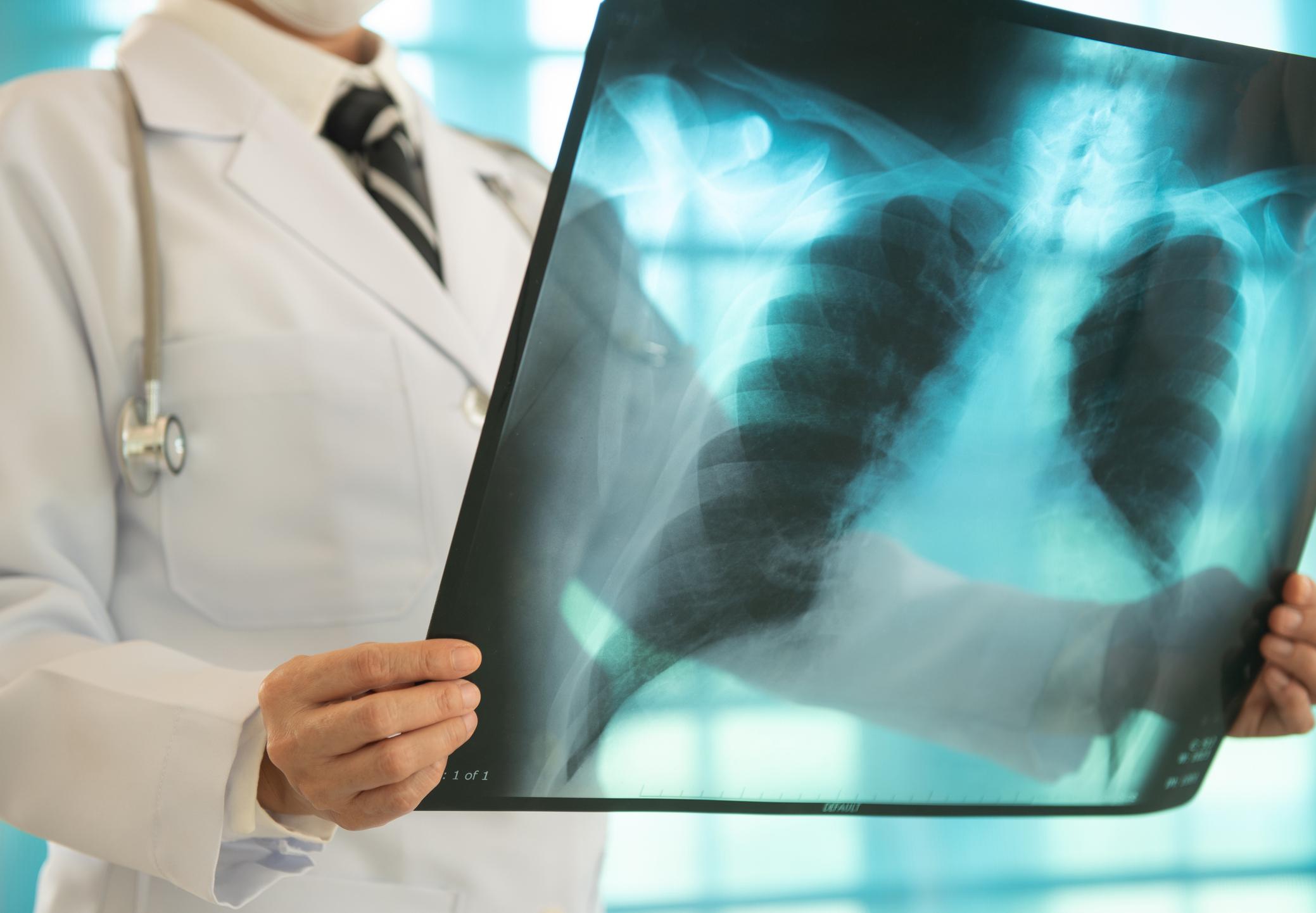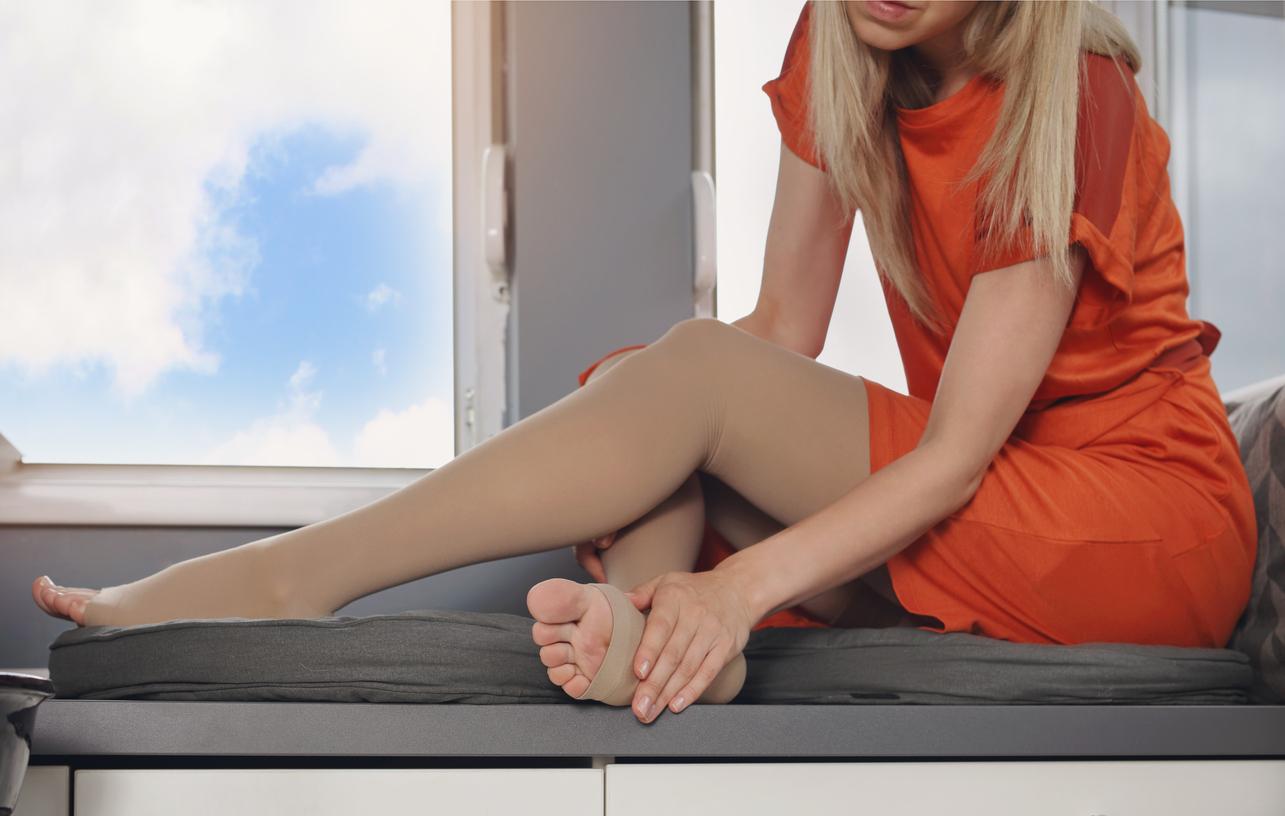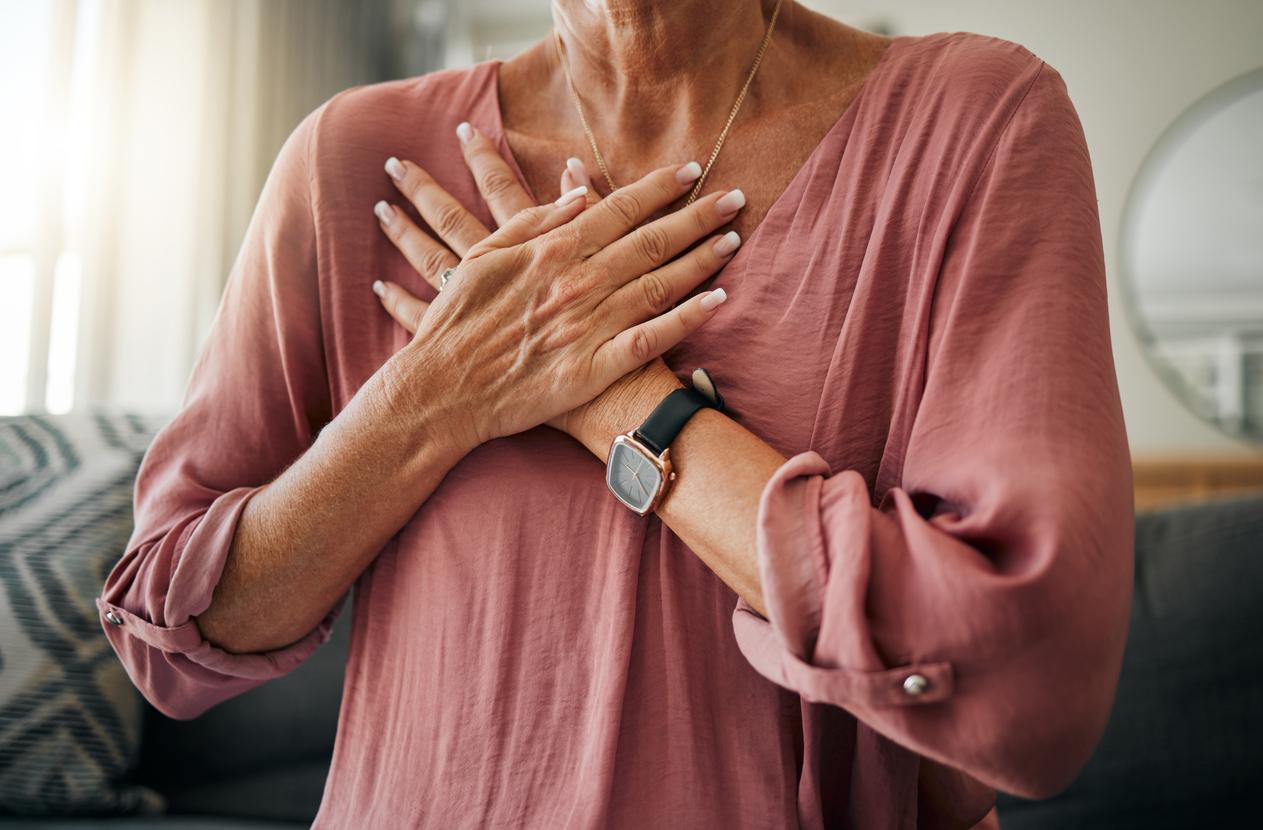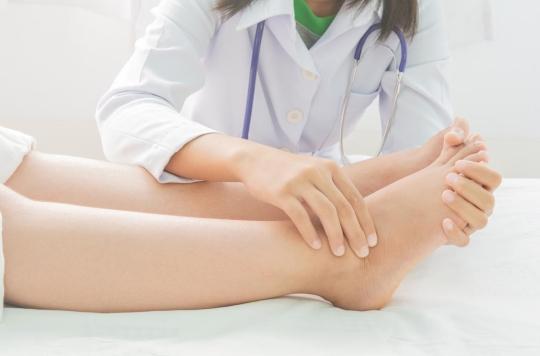Phlebitis, formation of a clot in a vein of the legs, is one of the serious evolutions of the venous disease. It can, in its most severe forms, lead to a pulmonary embolism.

Venous disease, or venous insufficiency, often results in signs that may seem benign: heavy legs, varicosities or varicose veins, the latter often being considered more of an aesthetic problem. Error ! “Venous disease is a disease for which there is no cure and it is progressive”, recalls Dr. Vincent Crébassa, vascular doctor. And the evolution of an untreated or poorly treated venous disease can lead to phlebitis, which in some cases constitutes a medical emergency.
Phlebitis is a blood clot in a vein that can be caused by the slowing of blood flow through the veins, a feature of venous disease. Phlebitis most often occurs in the legs, especially the calf, but can extend to the thigh.
A clot in the vein
When the clot forms in the superficial veins of the leg, just under the skin, it is called superficial phlebitis. This can be treated quite easily by raising the legs, massages or wearing compression bandages or compression garments.
On the other hand, when the clot forms in a larger vein and in depth, we speak of deep phlebitis. And at that moment, the patient is in danger. “The risk of phlebitis is one of the reasons why venous disease should be considered as a real disease, chronic and progressive”, emphasizes Vincent Crébassa, specifying that phlebitis can lead to pulmonary embolism “which causes approximately 10,000 deaths per year in France, part of which is due to the consequences of phlebitis”.
The risk of a pulmonary embolism
In deep phlebitis, the clot that has formed in the vein can indeed break off and come into the lungs and block a large vessel: it is pulmonary embolism that can be responsible for reflex cardiac arrest with death. sudden. Phlebitis is therefore to be treated urgently with anti-coagulants, the wearing of compression stockings and sometimes surgery to remove the clot by thrombectomy.
“The venous disease would concern around 18 million people in France and it is considered that only a third of them are taken care of”, worries Vincent Crébassa, recalling the need for follow-up at the first signs such as the legs. heavy, restlessness or the appearance of varicosities. “It is all the more important to react to these signs that in the early stages of the disease the treatments are simple, starting with physical exercise or attention to one’s diet which, when supplemented by venotonics or the wearing of compression garments, make it possible to control and slow down the progression of the disease”.

.









